Yesterday I could find a so interesting and important news and I would like to share it with you: “A new genetic technique partially corrects blindness in mice”.
A team of Spanish researchers has designed a new gene-editing technique, with which they have been able to partially correct vision in blind mice. The scientists, led by Juan Carlos Izpisúa-Belmonte, from the Laboratory of Genetic Expression of the Salk Institute (La Jolla, California), have managed to enter in a specific location of the non-dividing adult cells --not able to regenerate tissues or organs-- , for the first time, and modify damaged DNA.
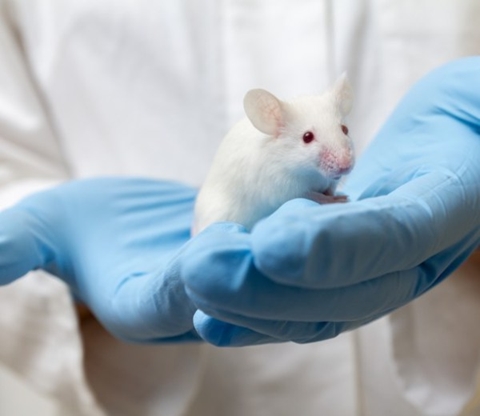
A little blind mouse in the laboratory
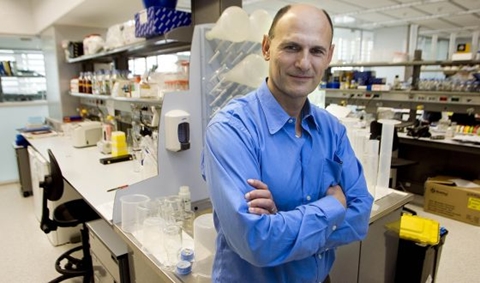
The scientist Juan Carlos Izpisúa-Belmonte
The results of this work, which, according to those responsible, open the door to apply this technique to other monogenic diseases, for their treatment, are published in Nature, in an article signed, in addition to Izpisúa, by scientists at the Hospital Clínic, in Barcelona, the Catholic University Of Murcia and the Cemtro Clinic of Madrid.
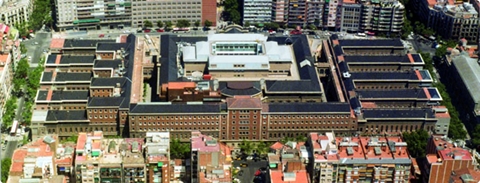
The Hospital Clinic

The Catholic University of Murcia
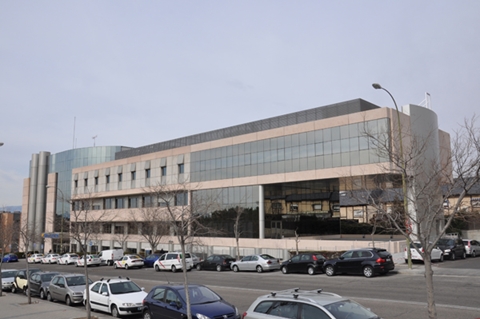
The CEMTRO Clinic
Until now, existing techniques to edit genomes, in a simple and precise way, and to manipulate the DNA of plants, animals and humans, such as the CRISPR-Cas9 system, they have been more effective, in dividing cells, such as the skin or the intestine, the authors remember.
The novelty of the technique, described in Nature and called "HITI" (inspired by CRISPR among others), is that it has been applied,for the first time, in cells that do not divide themselves, confirms to Efe Jerónimo Lajara, of the Catholic University San Antonio of Murcia (UCAM).
Cells, that do not divide themselves, when they are sill, they do not have a chance of regeneration, as in the case of retinitis pigmentosa, a disease that causes the progressive destruction of the pigment epithelium cells of the retina, causing a narrowing of the field of vision, until it is at a minimum .
The experiments of this work have been done, in mice, with this disease, which in Spain causes blindness to 25,000 people. What researchers have done is to insert DNA, in a specific location, into non-dividing cells: "For the first, time we have managed to cut the part of the anomalous gene and stick it to a normal gene, so that the diseased cell recovers", according to Lajara.
Thus, the scientists managed to partially repair the blindness of the mice. To calculate the recovery, they applied an electroretinogram, to the animals, a test similar than electrocardiogram, that measures the signal that the retina picks up and transmits to the optic nerve.

Electroretinogram
For the Ophthalmologist, from the UCAM, the key is not so much the Retinitis pigmentosa, though also, but the own technique of cutting and pasting genes, because it opens the door to new avenues, for basic research and for the development of a great variety of treatments of retina genetic, neurological or cardiac pathologies.
The new technology "is ten times more efficient" than other methods, to incorporate new DNA, into cultures of dividing cells, according to some notes from the Cemtro Clinic and the Clinic Hospital. "We are very excited, about the technology, that we have discovered, because it is something that could not be done before", Izpisúa indicates in the note: "for the first time, we can enter cells, that do not divide themselves and modify DNA, the possible applications are huge".
For Pedro Guillén, founder of CEMTRO Clinic and another of the authors, "the procedure demonstrates that DNA fragments can be introduced into the human genome, opening possibilities for treating diseases of other organs, such as kidney, heart, brain, cartilage and musculoskeletal system”.

The Doctor Pedro Guillén and the CEMTRO Clinic
For his part, Josep María Campistol, General Director of the Clínic, has added that this innovative technology will open new horizons, in the treatment of monogenic diseases, "Izpisúa and his team are making so important contributions in this field" .The next step will be to improve the efficiency of the technique.
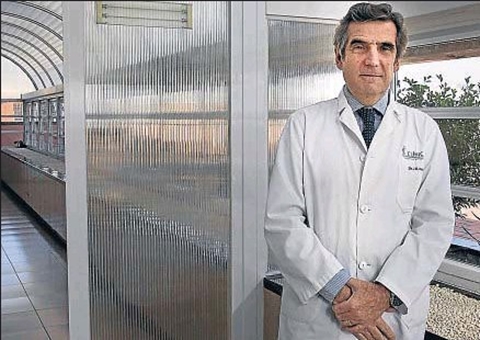
Josep Maria Campistol
"We now have a technology, that allows us to modify the DNA of cells, that do not divide themselves, to fix damaged genes in the brain, heart and liver", Izpisúa Belmonte summarizes: "It allows us, for the first time, to dream of healing diseases, that before we could not heal, which is very exciting".
Well, I hope that Spain could ope new doors to discover some new treatments, to finish with those diseases, described above.
Until my next post, kind regards,
Luis.
Sponsored by Costaluz Lawyers.
Please click below:
